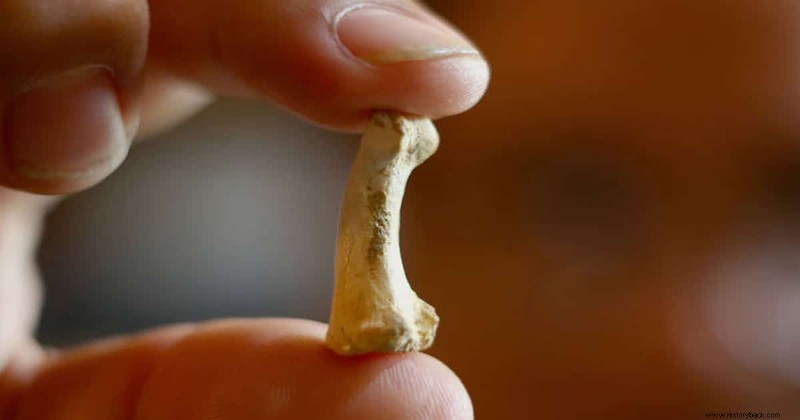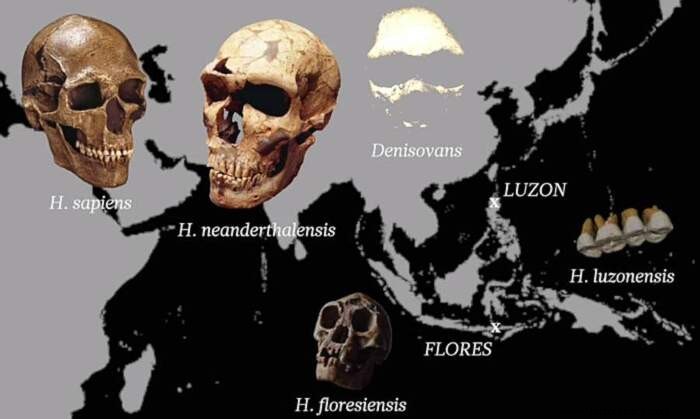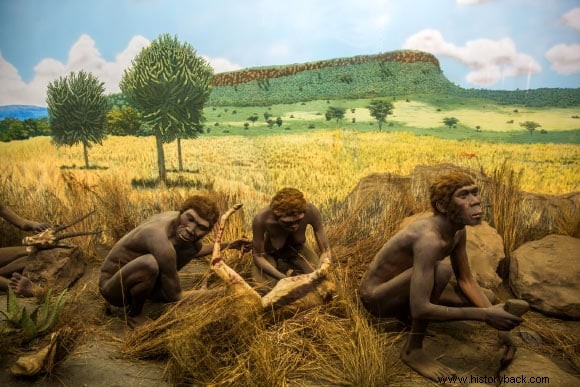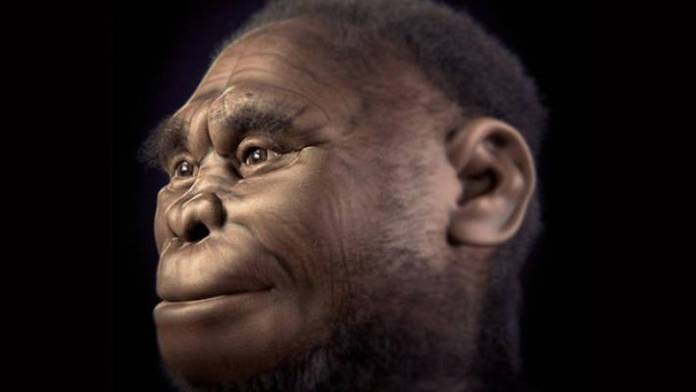New evidence has emerged attesting to the complexities of human evolution.
A new branch of the hominid family tree has been discovered in the Callao cave, on the largest of the Philippine islands, Luzon.
on April 10, 2019 Florent Détroit , of the National Museum of Natural History in Paris, reported in Nature that it has brought to light the fossil remains of Homo luzonensis .
In truth, the first find, a third metatarsal dated to 67,000 years ago , had already come to light in 2007 but by then the researchers had been undecided about the species to which it belonged and had provisionally described it as a foot bone of a small Homo sapiens .

The subsequent discovery in the same archaeological site ( a Callao cave on Luzon Island in the Philippines ) of other fossils though - which now total up to 7 teeth, 2 hand bone fragments, 3 foot bone fragments and a femur fragment belonging to 2 adults and a small one - convinced Détroit and his colleagues to define the new species, which lived between 67,000 and 50,000 years ago .

The minin of the Philippines looks like a real mosaic of anatomical features that is not found in any other known species and recalls archaic and recent forms of our evolutionary history.
The profile of the teeth resembles that of Homo erectus; the molars are surprisingly small and the shape of the crowns and the number of cusps bring Homo luzonensis closer to Homo sapiens; and the dimensional ratio between premolars and molars is close to that of paranthropes, a genus that lived over a million years earlier and only in Africa. The structure of the bones of the foot is similar to that of the australopithecines, evolutionarily distant over 2 million years, and so too the bones of the hand recall those of the australopithecines and the first Homo.

And just like in those hominins , the toes and hand are curved and therefore suitable for grasping branches to climb trees efficiently. Starting from the few fossils available, Détroit estimated that the stature of the males and females of the new species was about 150 and 140 centimeters and therefore not unlike that of the smaller populations of our species:in particular some of those who currently live in the geographical area that returned the findings in question.
And not too far from the stature of the other small species that lived on the nearby island of Flores in Indonesia between 100,000 and 60,000 years ago and described in 2004 by Peter Brown:the species Homo floresiensis . Both of these late Pleistocene (126,000-11,700 years ago) forms certainly fall within the Homoper genus the dental structure, although they have retained some characteristics of the hands and feet more typical of the genus Australopithecus .
And the whole of the mosaic just mentioned reopens the debate on their ancestry.
It cannot be said that it was a real paradigm but the conviction that the Homo floresiensis if only the evolution towards a form of dwarfism of a population of Homo erectus :that is, an adaptation to life on an island. Island dwarfism was well known in mammals, as documented by dwarf elephants found in Sicily in the 1950s and by dwarf deer found in Crete in the seventies by Bruno Accordi .
Another hypothesis had suggested that on the island of Flores had lived a population of Homo sapiens suffering from microcephaly, given that the brain volume of Homo floresiensis it barely reached 417 cubic centimeters . This hypothesis, little shared indeed, did not give an account of how it was possible for a population affected by such a serious disease to survive for a few tens of thousands of years. Furthermore, the morphology of the brain cast appeared to return to normal.

Other anthropologists have ventured a rather suggestive idea, although devoid of any support in the fossil record. The exit of hominins from Africa was described through the two phases of the Out of Africa model:
Phase I associated with the migration around 2 million years ago of some populations of Homo ergaster, which would have evolved in the East into Homo erectus.
Phase II that would have brought our species Homo sapiens out of that continent, also born from Homo ergaster around 200,000 years ago.
No fossil older than Homo erectus it has never been found in Eurasia but why not hypothesize a previous emigration of some form close to the australopithecines or the first Homo, therefore with a decidedly small brain, from which the Homo floresiensi could have descended s?
In short, an Out of Africa 0 migration phase.
It is now certain that until a few thousand years ago several hominin species coexisted in Eurasia, a real recent bush:Homo neanderthalensis, Homo floresiensis, Homo luzonensis and Homo sapiens. Our ancestors therefore met and lived with other men and at least with some of them they crossed paths.
